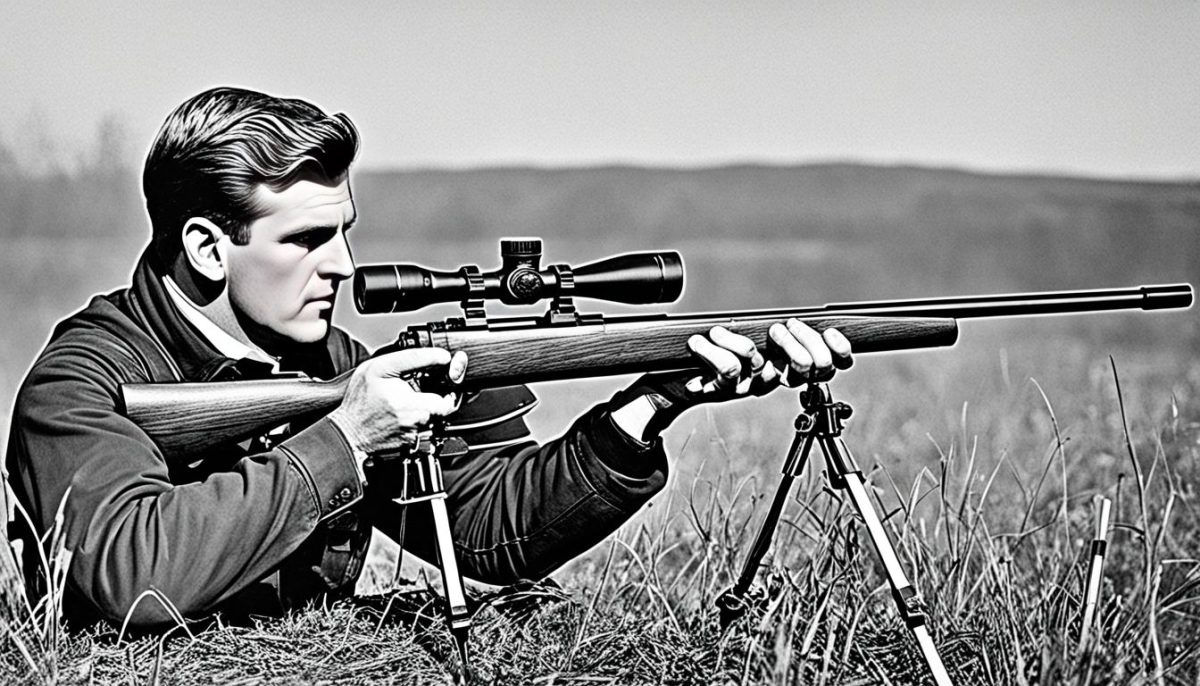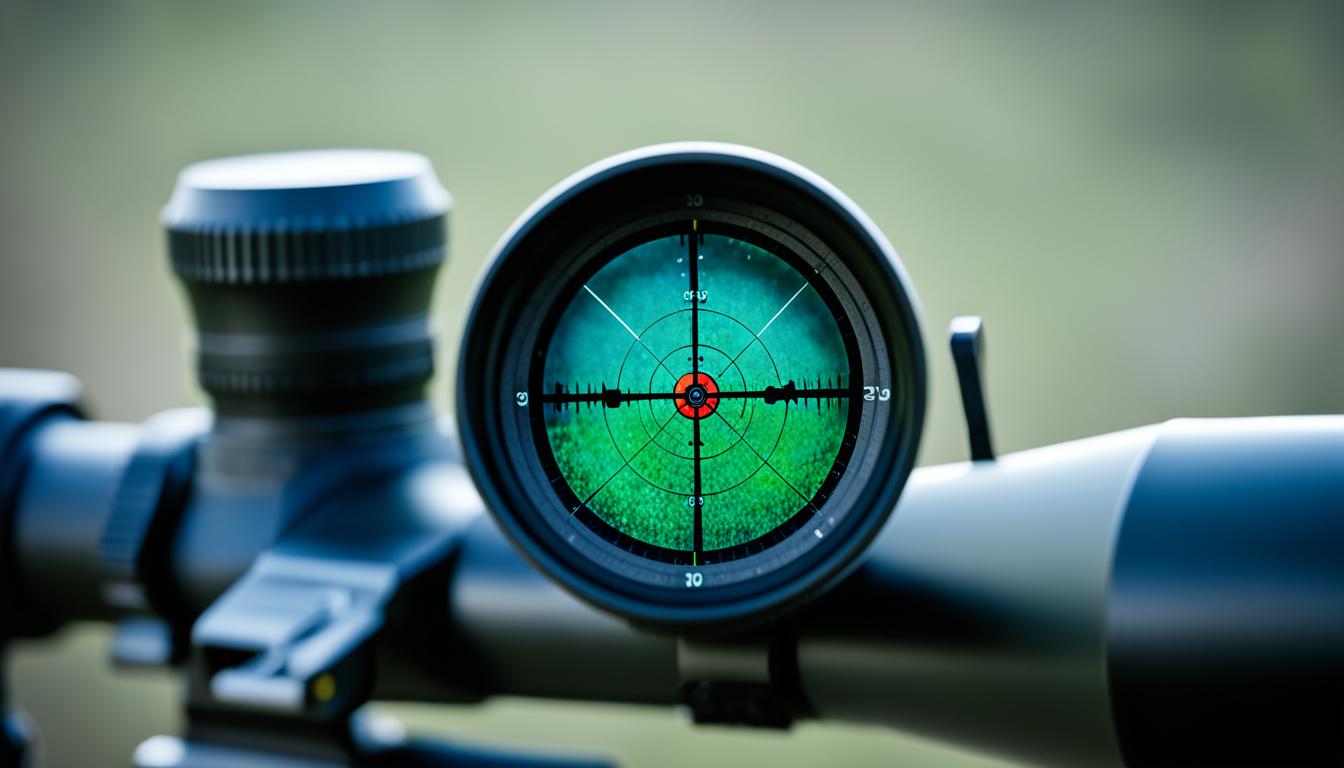In this article, we’ll embark on an intriguing journey through the history of rifle scopes. From their humble beginnings to the advanced precision instruments we use today, we’ll uncover the key innovations and milestones that have shaped the development of these essential shooting accessories over the centuries. Whether you’re a seasoned marksman or a curious enthusiast, this exploration of the rifle scope’s past will provide valuable insights into the evolution of long-range shooting technology.
The origins of rifle scopes can be traced back centuries, with early attempts at incorporating optical sights on firearms. As lens technology advanced and the demands of long-range shooting grew, the rifle scope gradually transformed from a rudimentary tool to a sophisticated instrument capable of enhancing accuracy and precision. Join us as we delve into the fascinating history of these remarkable devices and discover how they’ve become an indispensable part of the modern marksman’s arsenal.
The Early Beginnings of Rifle Scopes
The origins of early rifle scopes can be traced back to the early days of firearms, when shooters sought ways to improve their accuracy and extend their range. The first attempts at magnifying and aiming devices were known as rudimentary optical sights, which laid the groundwork for the more sophisticated telescopic sights we know today.
Rudimentary Optical Sights
These early optical sights were relatively simple in design, often consisting of a single lens or a pair of lenses mounted on a firearm. While they provided some level of magnification, they were limited in their effectiveness and required the shooter to be in close proximity to the target. Nevertheless, these rudimentary optical sights represented an important step in the evolution of rifle scopes.
Innovations in Lens Technology
As lens technology innovations progressed over the centuries, the potential for more advanced magnifying optics became increasingly apparent. Breakthroughs in glass-making and lens-grinding techniques allowed for the creation of higher-quality lenses with greater magnifying power. These advancements paved the way for the development of more sophisticated telescopic sights that could be mounted on firearms, enhancing the shooter’s ability to accurately identify and engage distant targets.
| Year | Advancement | Impact |
|---|---|---|
| 1600s | Improvements in glass-making | Allowed for the creation of higher-quality lenses |
| 1700s | Advancements in lens-grinding techniques | Enabled the production of lenses with greater magnifying power |
| 1800s | Development of achromatic lenses | Reduced chromatic aberration and improved image quality |
These lens technology innovations were crucial in the evolution of rifle scopes, paving the way for the development of more sophisticated telescopic sights that could be effectively mounted on firearms.
“The ability to accurately identify and engage distant targets was a game-changer for shooters, and the advancements in lens technology were instrumental in making this possible.”
When Were Rifle Scopes Invented
The history of rifle scopes dates back to the early 19th century, when the first primitive optical sights were developed for firearms. While the concept of using lenses to improve accuracy had existed for centuries, it was not until the 1800s that the modern rifle scope as we know it today began to take shape.
One of the earliest known rifle scopes was created in the 1830s by the German gunsmith Johann Nicolaus von Dreyse. His design, which featured a simple refracting lens, was a significant step forward in the evolution of optical sights. However, these early scopes were often bulky, fragile, and poorly suited for the rigors of field use.
The late 1800s saw a surge of innovation in rifle optics, as advancements in lens technology and manufacturing processes made it possible to create more durable and precise scopes. In 1866, American inventor Benjamin Tyler Henry patented a design for a telescopic sight that could be easily mounted on a rifle, marking a significant milestone in the development of the modern rifle scope.
By the turn of the 20th century, rifle scopes had become more commonplace, with a variety of designs and manufacturers emerging to cater to the growing demand from sportsmen and military personnel. The early 1900s saw further refinements in scope construction, with the introduction of variable-power lenses, windage and elevation adjustments, and other features that improved accuracy and functionality.
Today, rifle scopes are an indispensable tool for precision shooting, whether for hunting, target practice, or military applications. The evolution of these optical sights has been a testament to the ingenuity and technological advancements of the past two centuries, enabling shooters to extend the effective range of their firearms and improve their overall performance.
“The development of the rifle scope has been a critical factor in the advancement of long-range shooting and hunting. These optical sights have revolutionized the way we engage targets and have become an essential part of modern firearms.”

The Evolution of Modern Rifle Scopes
As the world of firearms and optics has evolved, so too have the remarkable advancements in modern rifle scopes. We’ve witnessed a remarkable transformation in the precision engineering and technological innovations that have propelled these essential tools for long-range shooting. From enhanced lens coatings to intuitive reticle designs, the modern rifle scope has become a true marvel of engineering, offering shooters unparalleled accuracy and versatility in their pursuit of long-range precision.
Precision Engineering
At the heart of the modern rifle scope lies a masterful blend of precision engineering and advanced materials. Today’s scopes boast rugged, lightweight construction, with durable aluminum or aircraft-grade alloy bodies that can withstand the rigors of the field. Cutting-edge lens systems, engineered to exacting standards, deliver crystal-clear image quality and exceptional light transmission, even in challenging lighting conditions. Sophisticated windage and elevation adjustment mechanisms allow for pinpoint accuracy, while resilient, weatherproof seals protect the inner workings from the elements.
The evolution of modern rifle scopes has also been driven by advancements in reticle technology. Innovative reticle designs, ranging from simple crosshairs to intricate ballistic reticles, provide shooters with intuitive holdover and windage references, enabling them to compensate for factors like distance, wind, and bullet drop with extraordinary precision.

